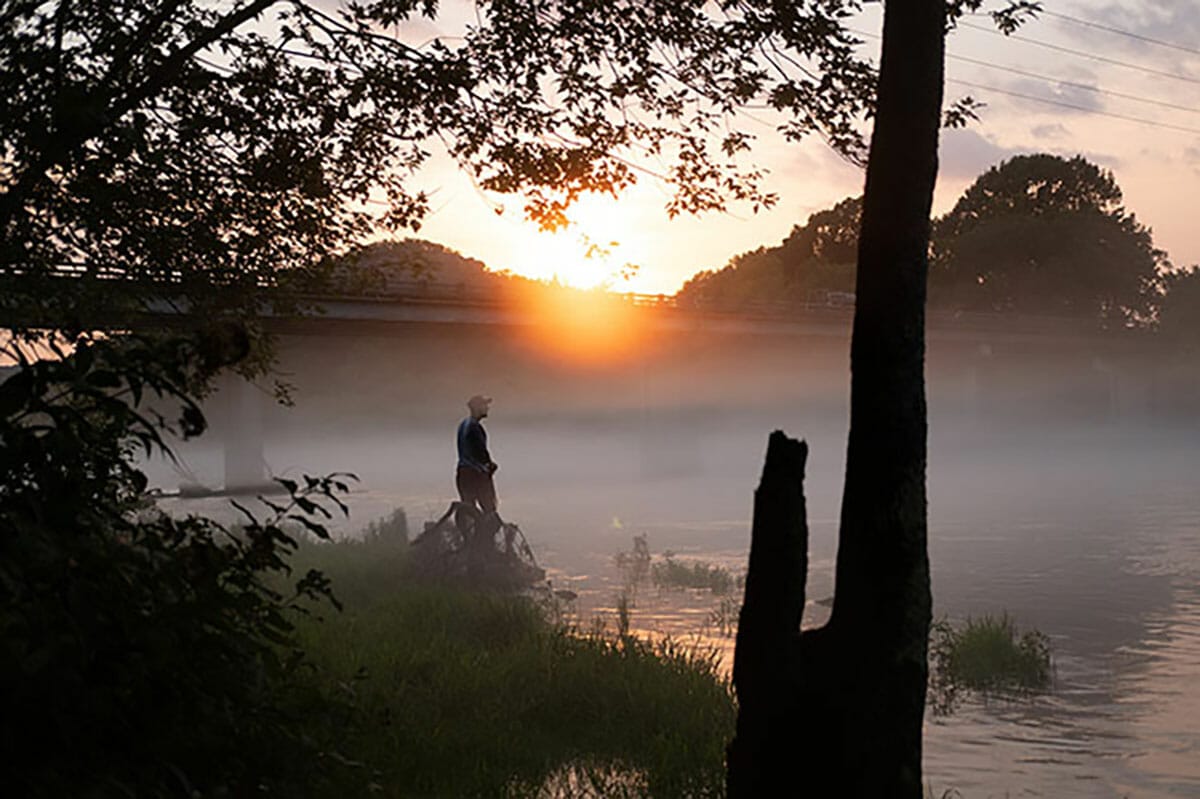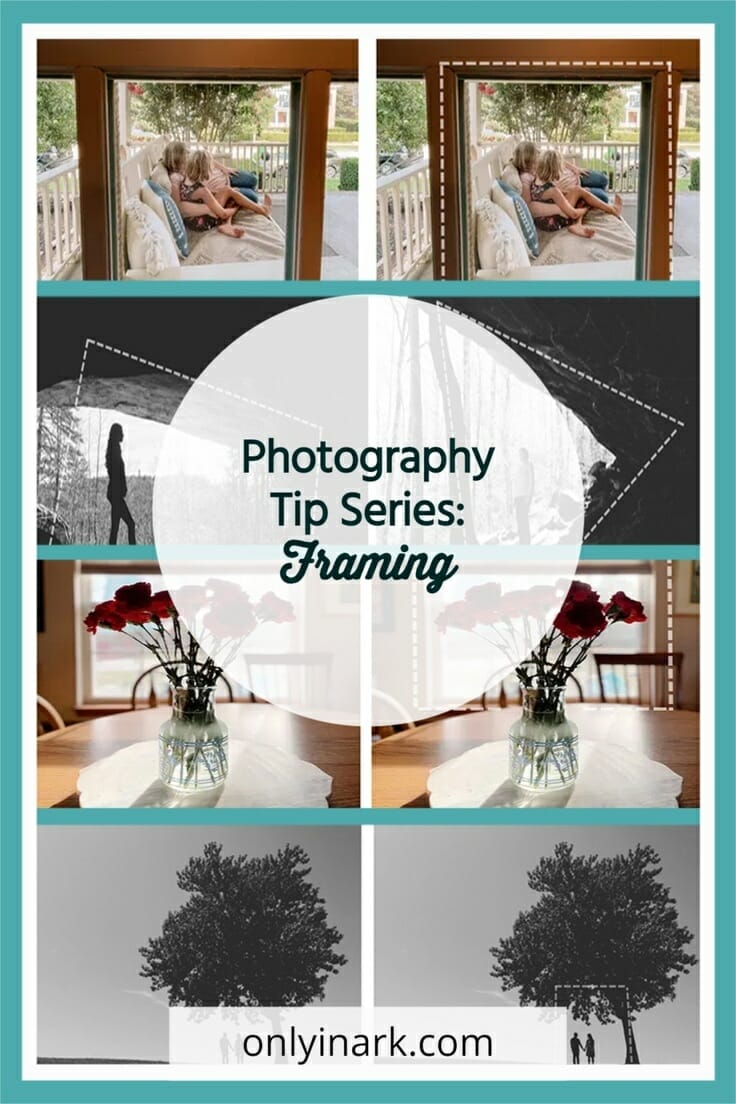

Uh oh...
It appears that you're using a severely outdated version of Safari on Windows. Many features won't work correctly, and functionality can't be guaranteed. Please try viewing this website in Edge, Mozilla, Chrome, or another modern browser. Sorry for any inconvenience this may have caused!
Read More about this safari issue.

Framing is a powerful composition technique that involves using elements within the scene to create a natural frame around your subject. It adds depth, context, and a sense of storytelling to your image. Let’s explore framing in more depth.
Creating Context and Focus
By framing your subject, you provide viewers with a visual context and guide their attention to the main subject. The frame acts as a boundary, drawing attention to the subject and separating it from the surrounding elements. This technique can make your subject stand out and become the focal point of the image.
Enhancing Depth and Layering
Framing elements, such as archways, doorways, windows or tree branches, can add depth and layering to your composition. They create foreground or middle-ground elements that add visual interest and depth to the overall image. By incorporating these elements, you can give a sense of perspective and three-dimensionality to your photograph.
Adding Visual Interest
Frames can be visually intriguing elements in themselves. They provide a unique perspective and can contribute to the overall aesthetics of the photograph. Experiment with different types of frames and explore how they interact with your subject and the overall composition. Look for interesting shapes, textures or patterns that can make the frame visually captivating.
Creating a Sense of Enclosure or Intimacy
Frames can create a sense of enclosure or intimacy within your photograph. This can evoke a feeling of being “inside” the scene or give a sense of privacy or exclusivity to the subject. It can also create a more personal connection between the viewer and the subject being framed.
Framing with Negative Space
Negative space refers to the empty areas around your subject. By incorporating negative space within the frame, you can emphasize your subject and make it stand out even more. The contrast between the subject and the surrounding negative space can create a visually pleasing and impactful composition.
Using Natural or Man-Made Frames
Framing elements can be natural, such as foliage, rocks, or water, or man-made, such as architectural structures or objects. Experiment with both types of frames and consider how they contribute to the mood, context and storytelling of your photograph. Each type of frame can convey different emotions and create a unique visual impact.
Balancing the Frame:
Ensure that the frame does not overpower the subject or become too dominant in the composition. The frame should complement and enhance the subject, rather than distract or compete with it. Strive for a balanced composition where the subject and the framework are together harmoniously.
Remember to explore your surroundings and look for opportunities to frame your subject creatively. Experiment with different angles, perspectives and framing elements to find the most effective composition for your intended message or story.
By mastering the art of framing, you can create visually compelling and layered photographs that engage viewers and draw them into your visual narrative.
*Fun fact: all of the photos in this post were taken with an iPhone! Great photos can be made with whatever you have in hand. 🙂
We do the work.
You check your email.
Sign up for our weekly e-news.
Get stories sent straight to your inbox!

















Like this story? Read more from Ashel Parsons
Silhouette photography is a captivating technique that allows...
Many men and women dream of that day that they get to say “I Do” to...
Angles in photography refer to the position from which a photographer...
Join the Conversation
Leave a Comment